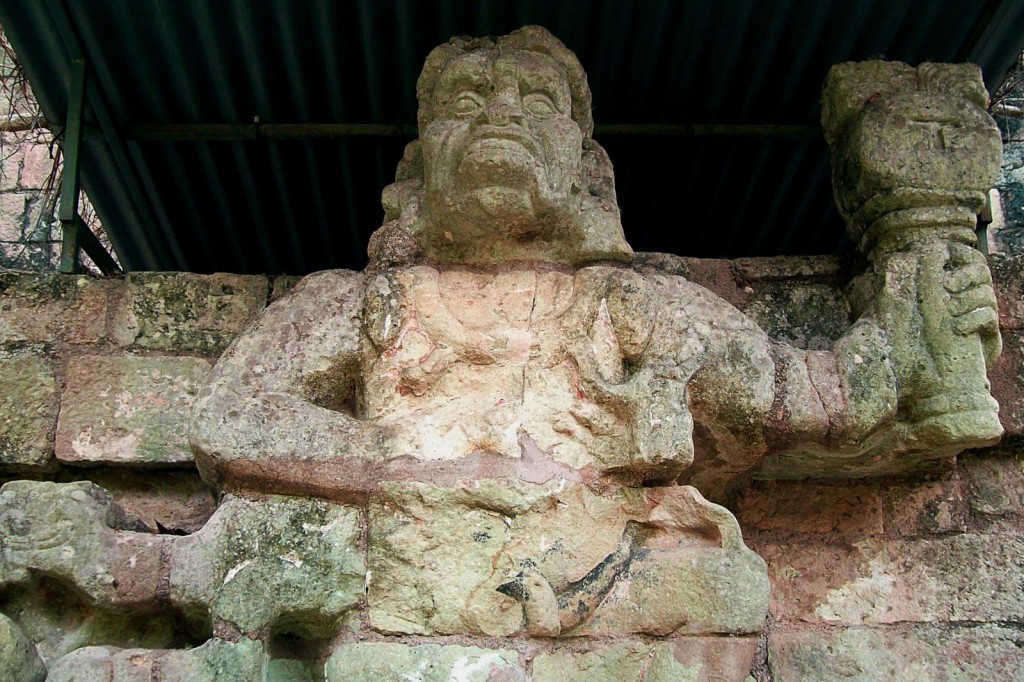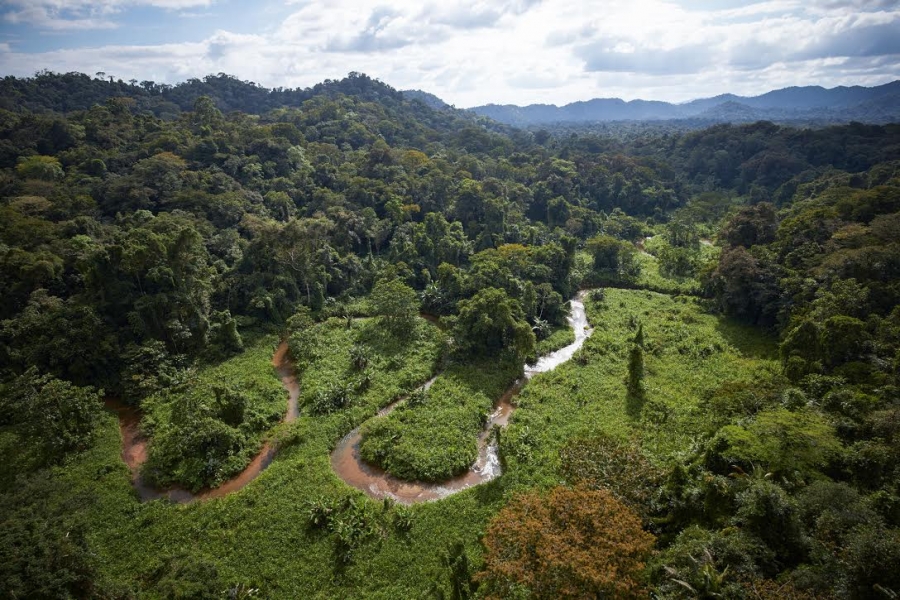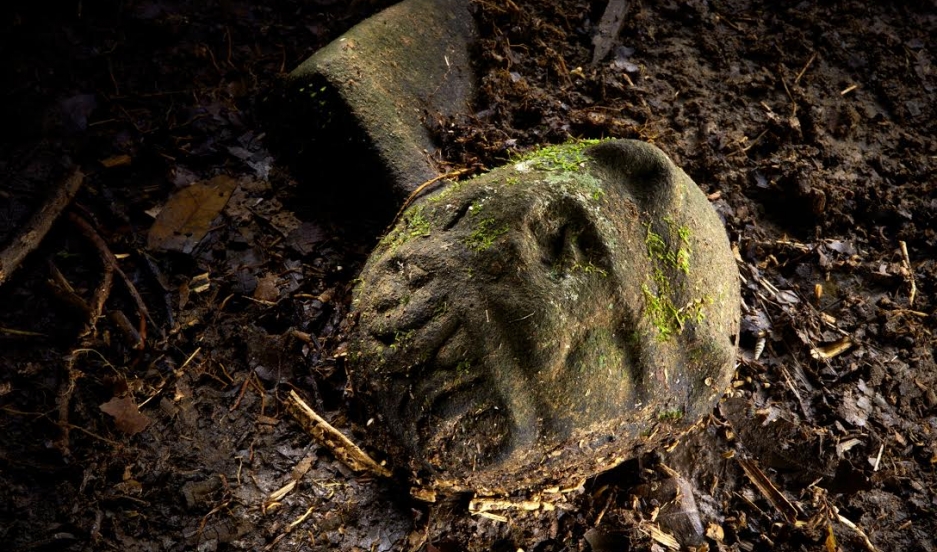Explorers believe they might have made a breakthrough in their search for the ‘White City’ commonly known as ‘City of the Monkey God’ after more than five centuries of searching in the Honduran jungle. Scientists believe they might have stumbled on something far more remarkable that may shed more light on unidentified civilization of the […]
Explorers believe they might have made a breakthrough in their search for the ‘White City’ commonly known as ‘City of the Monkey God’ after more than five centuries of searching in the Honduran jungle. Scientists believe they might have stumbled on something far more remarkable that may shed more light on unidentified civilization of the region.
The team made of Honduran-American researchers and members of SAS returned from the jungle noting that the nature of their findings was incredibly rare. Artifacts discovered from the Honduran forest could point to thousands of years back when civilization occurred according to the National Geographic. The exact location will remain unknown as the explorers look to protect it from looters.
Researchers are however planning to return to the site to conduct further analysis and research. Archeologists believe this may just be one of the many lost cities once inhabited by an entire but lost civilization. The lost civilization has enormous implications for the understanding of the region and its history with more studies needed to discover more about the lost civilization.
Early explorers had claimed to have spoken to indigenous people in the forest who said the Monkey God lived there. The story goes that the Monkey God raped women who gave birth to children who were half chimp and half human spring. The expedition was able to study and record the incredible discoveries in the site that remain unexcavated.
Mesoamerican archeologist, Christopher Fisher, returning from the mythical city talked of how the city was littered with stunning artifacts made of ceremonial furniture and statues. The mythical city first came into the limelight when it was referred in a letter in 1526 by King Charles V of Spain. Further claims on the discovery of the city were made, including an American adventurer Theodore Morde, who said he had discovered it in 1939. Morde however died in 1939 in a car accident before revealing details of his findings




Leave a Reply